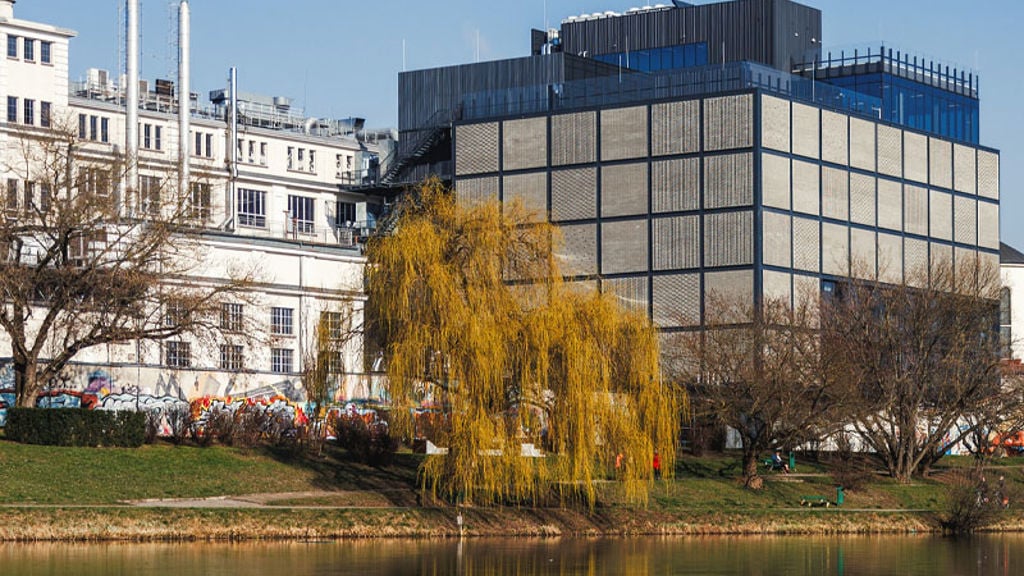In 2013, the Sydney Opera House embarked on a decade of renewal ahead of its 50th anniversary in 2023. The most ambitious project was the renewal of its largest internal venue, the Concert Hall, a world-renowned, space and one of the most architecturally significant interiors of the Sydney Opera House.
We worked with ARM Architecture to upgrade the Concert Hall to offer world-leading acoustic performance for artists and audiences. We also improved access for people with mobility needs and provided a more flexible and safer working environment for staff behind the scenes.
We solved three challenges to achieve this transformation: reviving the venue’s acoustic capability, increasing the lifting capacity with a new theatrical rigging system and improving fire safety and access to the venue for all abilities by designing a lift shaft to fit within the constraints of a heritage building.
Few buildings define a nation more than the Sydney Opera House. For half a century, the Sydney Opera House has played a role in defining Sydney, its culture and society. It has also played a defining role for our firm, establishing our Australian presence when our founder, Ove Arup, was engaged in the design in the 1950s. Working on the Concert Hall’s renewal was a chance to continue that legacy.
Reviving acoustic capabilities and enhancing fire safety
Over the past 50 years, acoustic design practices have significantly changed with access to new technologies. Through testing, acoustic engineers have determined the ideal shape for a concert hall is a flat, broad shape similar to an oyster. The Sydney Opera House Concert Hall is tall with a narrow cross section shape, similar to an egg.
Acoustic diffusion panels were chosen and designed to disperse sound throughout the room. We designed the structure to support a rigging system in the ceiling to hold the panels above the performers, simulating an oyster-like shape environment and providing an improved listening experience. The system is capable of retracting in a fire to avoid obstructing the fire suppression systems.
The significant changes in the project were achieved without compromising the fire safety of the hall. Our fire engineering team included enhancements to fire separation and smoke control within the constraints of the existing building ensuring the safety of patrons.












